For many the Amazon River is a thing of legend. It runs through the jungle heart of South America, from the Atlantic delta in the east to the slopes of the Andes in the west, and its basin dominates almost half the continent in 5 different countries. I was privileged to be invited to co-lead the Wildside Nature Tours Amazon Riverboat Adventure last March, to experience the Amazon for myself.
On this trip I carried my Sony RX10iii, an advanced-point-and-shoot superzoom, with a tack sharp 24-600mm f2.4-f4 zoom lens, and Sony’s excellent 1 inch sensor. Much of the trip I was shooting from moving boats, and the Sony handled the various challenges very well. I never felt the need for another camera.
Some of us flew into Lima a day early, and spent the first day, while others were still arriving, visiting the high coastal desert and mountains north of the capital city in the De Lachay reserve. This is a unique landscape, as strange and wonderful as the Amazon itself, but about as different as different can be. These arid uplands, within sight of the Pacific, are home to many species of birds, lizards, dragonflies, and butterflies that you just do not see elsewhere in Peru.
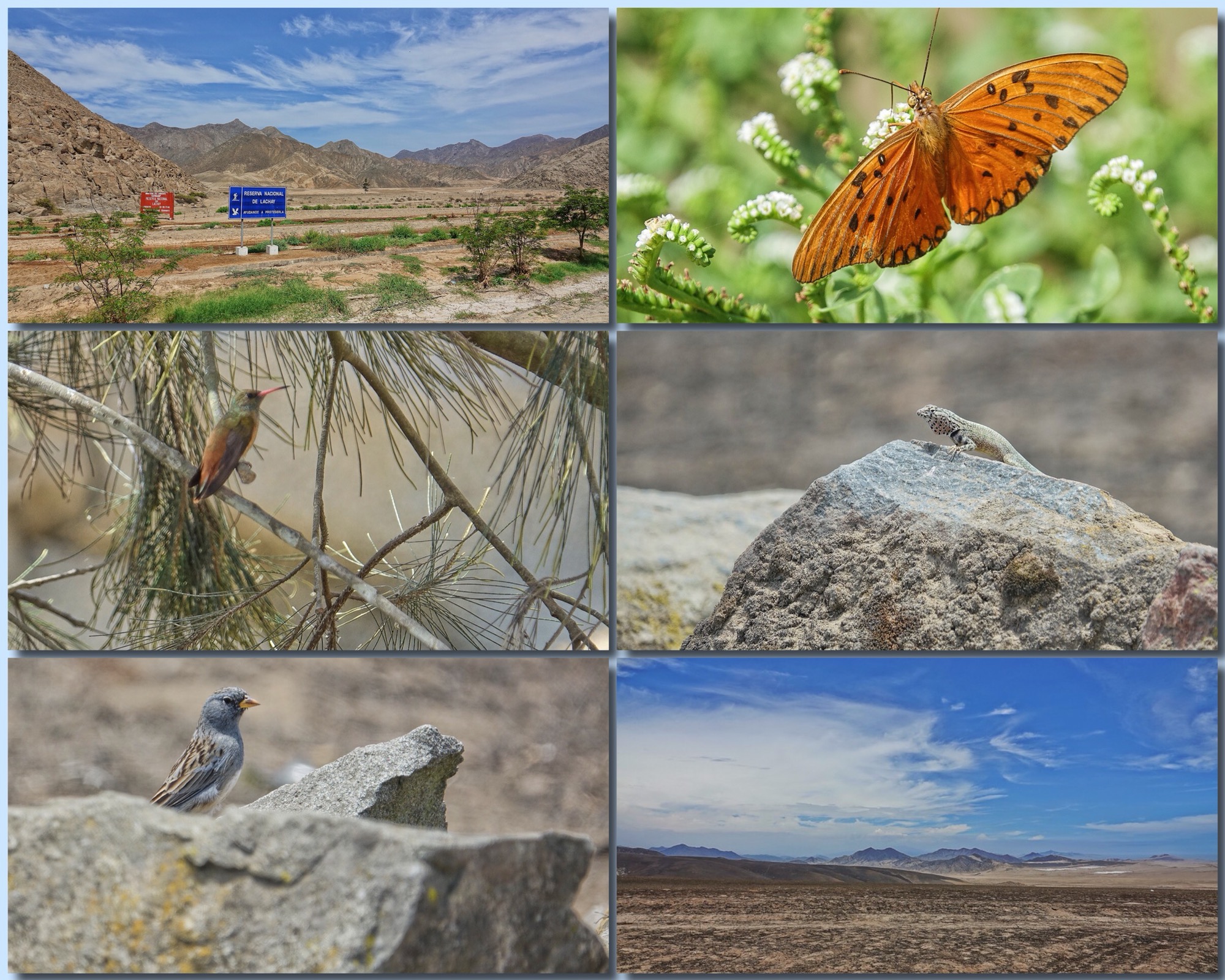
On the way back to the hotel, we stopped at the Ventinilla wetlands just at the edge of Lima…home to major wintering colonies of Franklin’s Gulls and Black Skimmers. It is wonderful that the Lima has preserved its wetlands, though they are surrounded on all sides by haphazard development. There were birds in the air continuously so I had a good chance to hone my birds-in-flight skills. BIF is not as easy with a P&S as with a full fledged DSLR, but the Sony brought back some satisfying images. I can not wait to try out the new Sony RX10iv with its improved focus in a similar situation when it arrives.
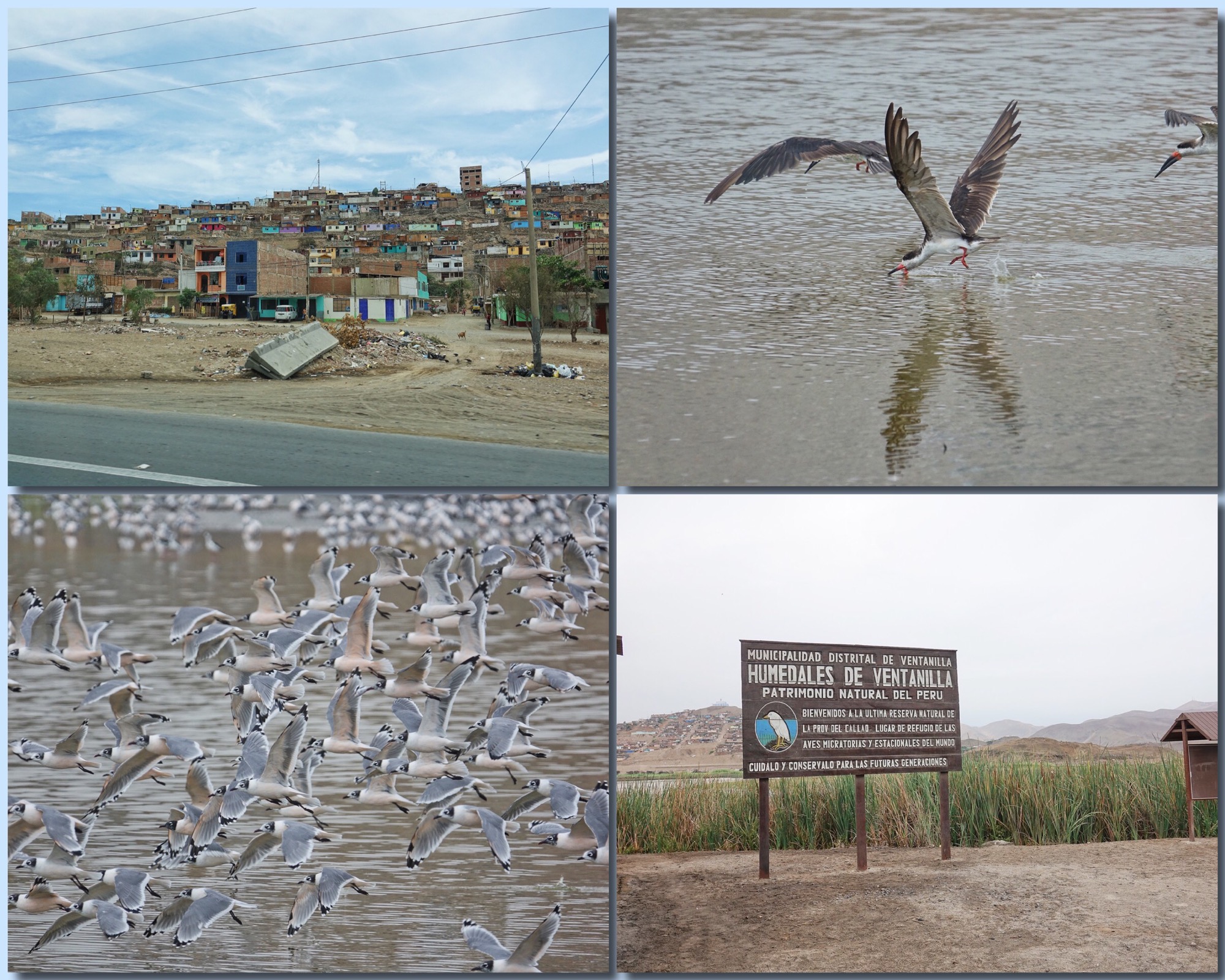
The following day we were at the airport at 5 AM to board a small commercial flight for Iquitos. Iquitos the major port of call on the Peruvian Amazon. There are about 60 miles of roadway in and around Iquitos, but there is no highway connecting the city to anywhere else in Peru. You can only get there by air or by boat…and by boat would take you almost 2/3s of the lenght of the Amazon through all of Brazil. We landed in the pouring rain. We were to experience rain several times on our journey but, considering we were in the heart of the Amazon Rainforest, we stayed remarkably dry. On our way from the airport to our river boat, we stopped at the White Sands Forest to explore another unique habitat. Shooting in the rain is always a challenge. I had some confidence in the weather sealing of the Sony RX10iii, but still, I tried to keep the camera under my umbrella and covered it with a gallon sized zip lock bag with a hole punched for the strap. I kept the bag on the strap the whole trip, and had several more occasions to use it.
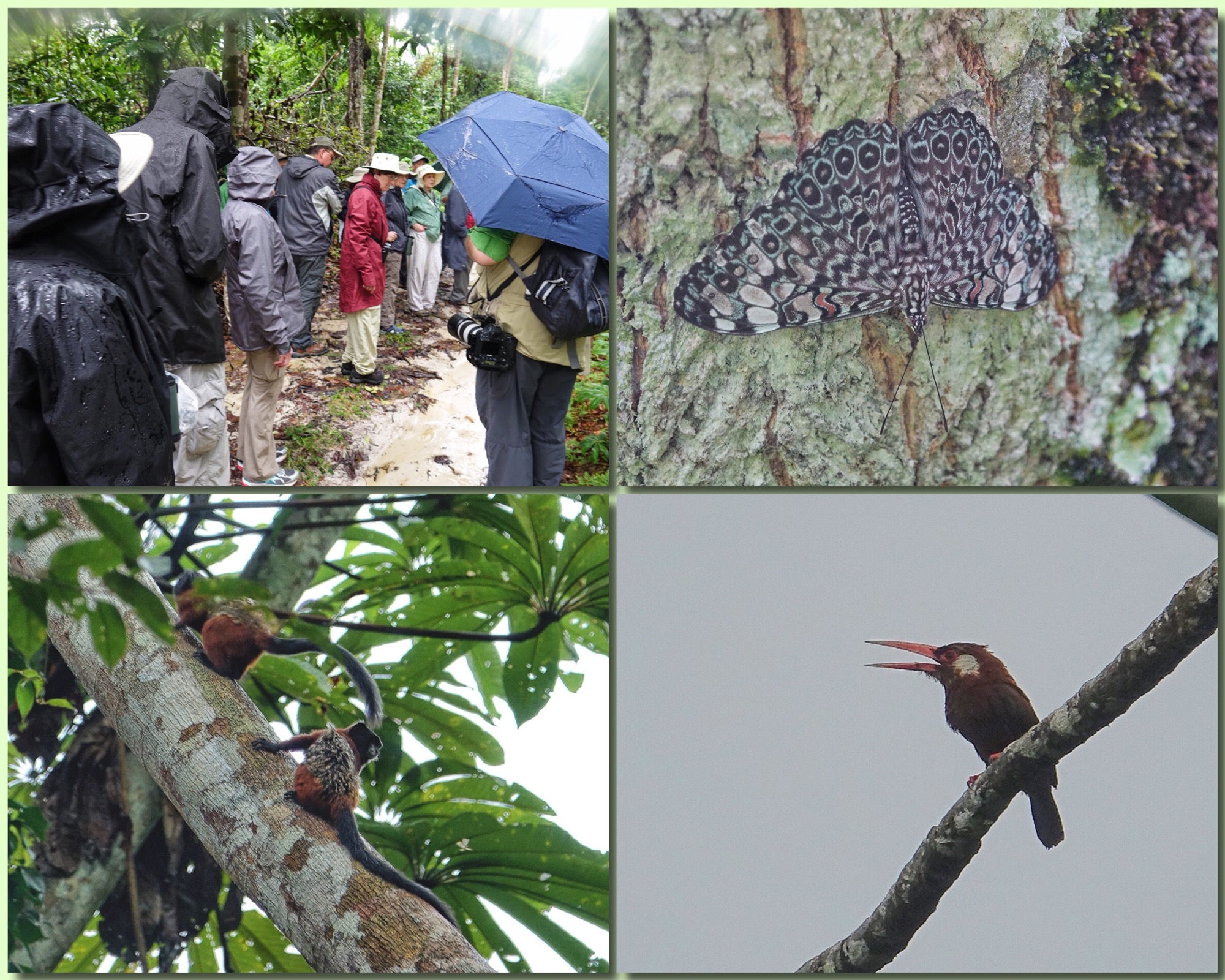
One of the things I appreciate about the Wildside Nature Tours Amazon Riverboat Adventure is the cultural aspect. Wildside recommends that each participant purchase a small cache of school and art supplies, soccer balls and frisbees, to distribute in villages were we stop, and to throw to children who come down to the river as we pass. We made a stop at a department store in Iquitos to stock up…then bused down to the docks for our first sight of the Amazon and our riverboat home for the coming week.
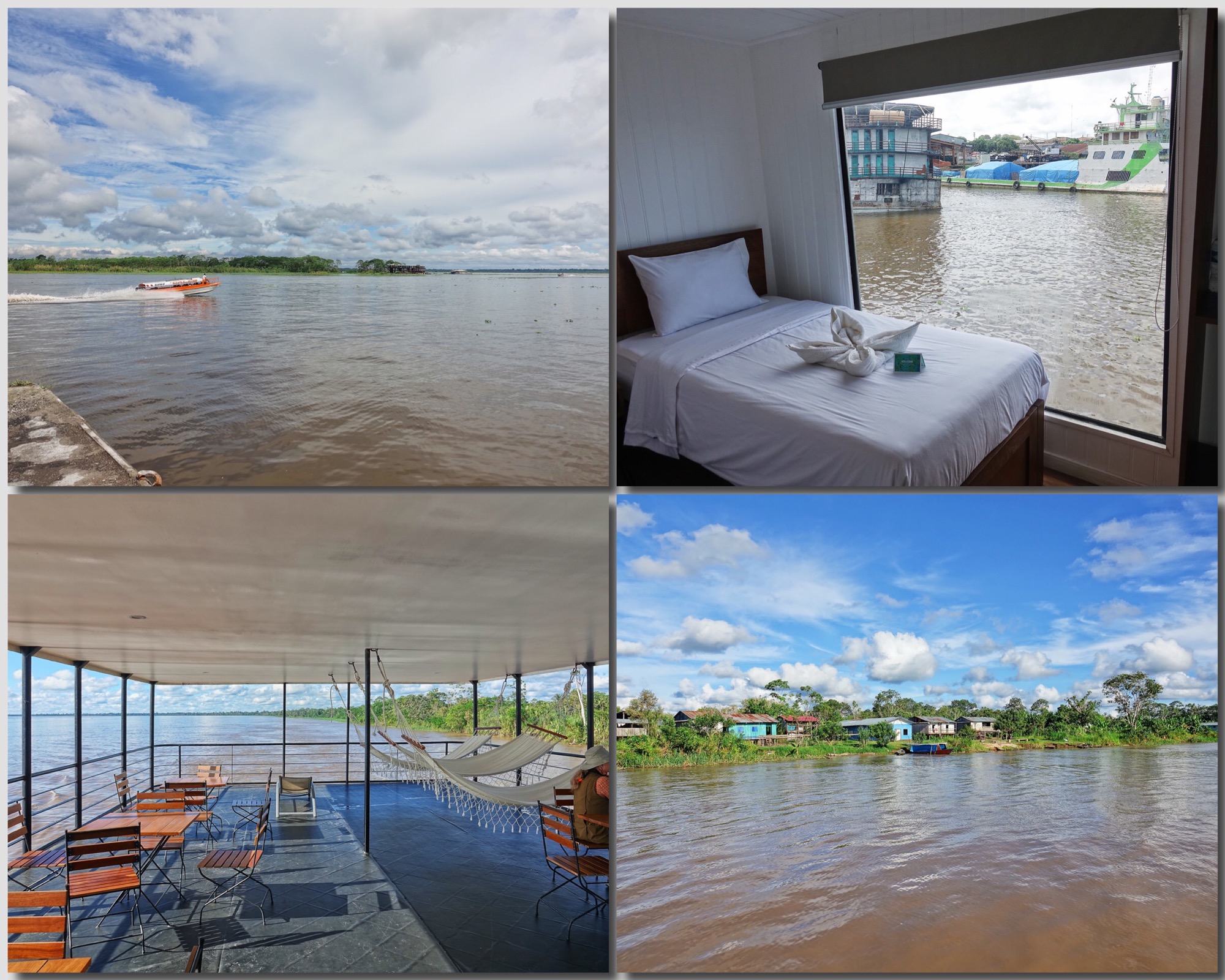
One of the great advantages of a riverboat trip on the Amazon is that you bring your hotel with you, deeper and deeper into the rainforest. Though we went off every day in motor launches to explore tributaries or to land and hike in the terra firms forest, we returned each noon and evening to comfortable rooms (each with a large picture window on the river), hot showers, and great meals. And we did not have to repack until we got back to Iquitos. There is no better way to experience the Amazon.
There is also no way to convey the size of the Amazon river…or to capture it with a camera. We were on the river near high water for the year, and the volume of water flowing down and past, the width of the river, the endless water stretching way east and west…even as far up river as Iquitos…is astounding. I can only image what it is nearer the mouth in Brazil. We woke every morning to the river and were always amazed. It is in vistas like the one below that the Sony’s 24mm equivalent comes into play…that and the built in HDR. I would not have been able to capture the clouds and detail in the water in the same exposure without the HDR mode…and Sony’s HDR implantation is among the best…giving you the choice of 1 to 6 stop exposure differences and allowing you to fine tune the center exposure using EV compensation.
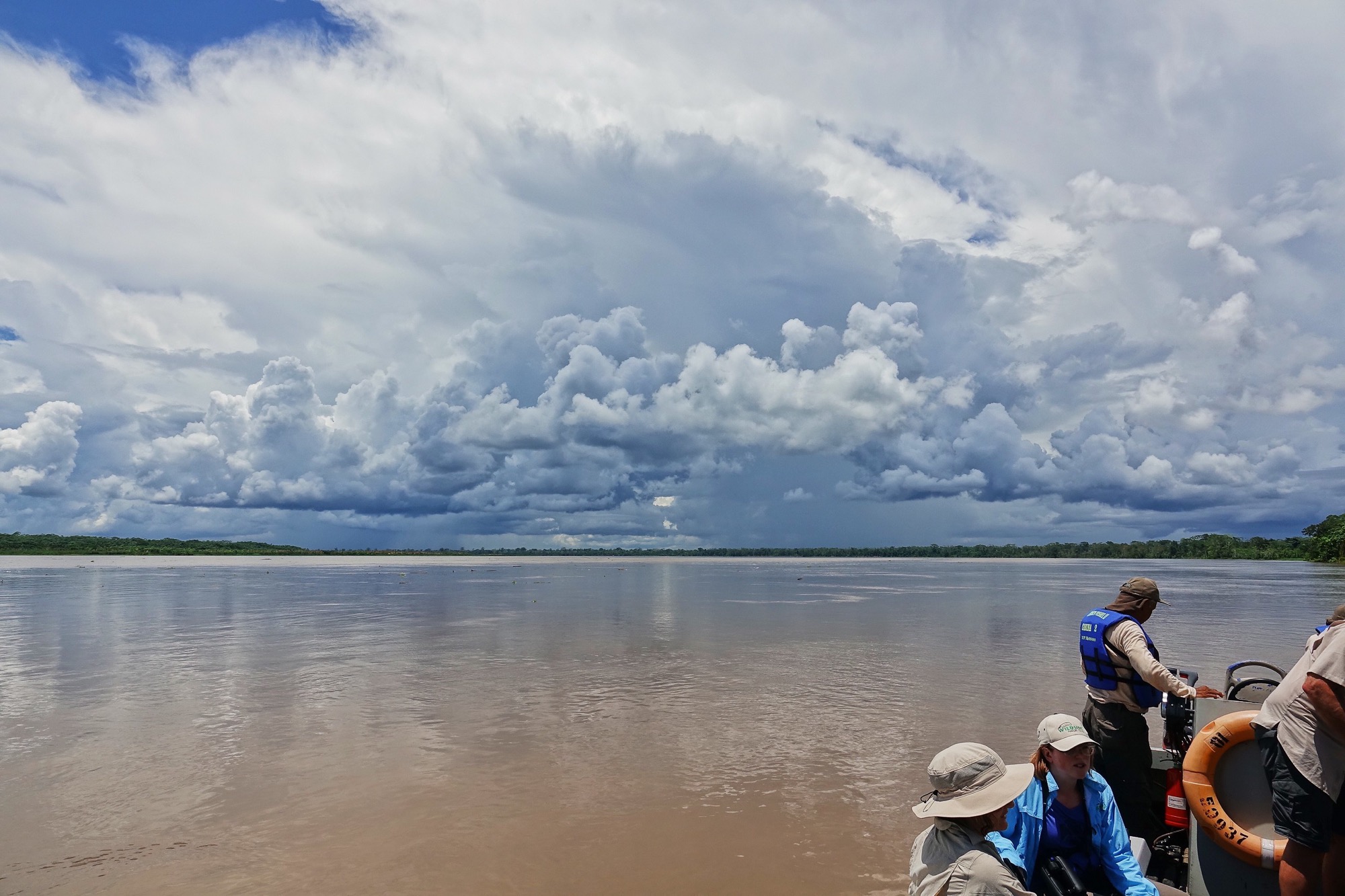
We spent our days in flat bottomed 14 foot motor launches pushing our way up tributaries to get deeper into the rainforest to find birds and mammals, and returned each day to a new towel animal on our beds. Dawn to dusk and even one night boat trip.
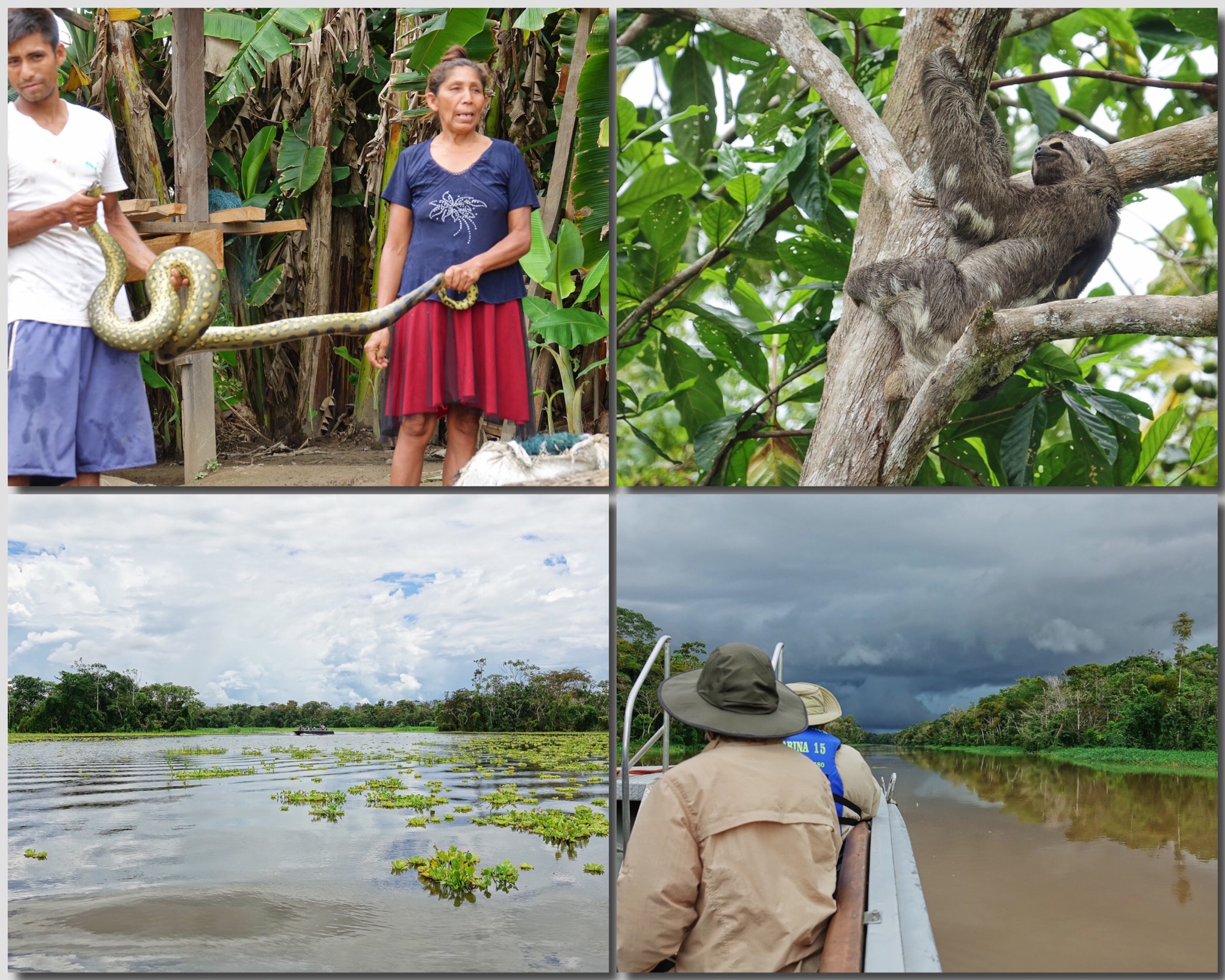
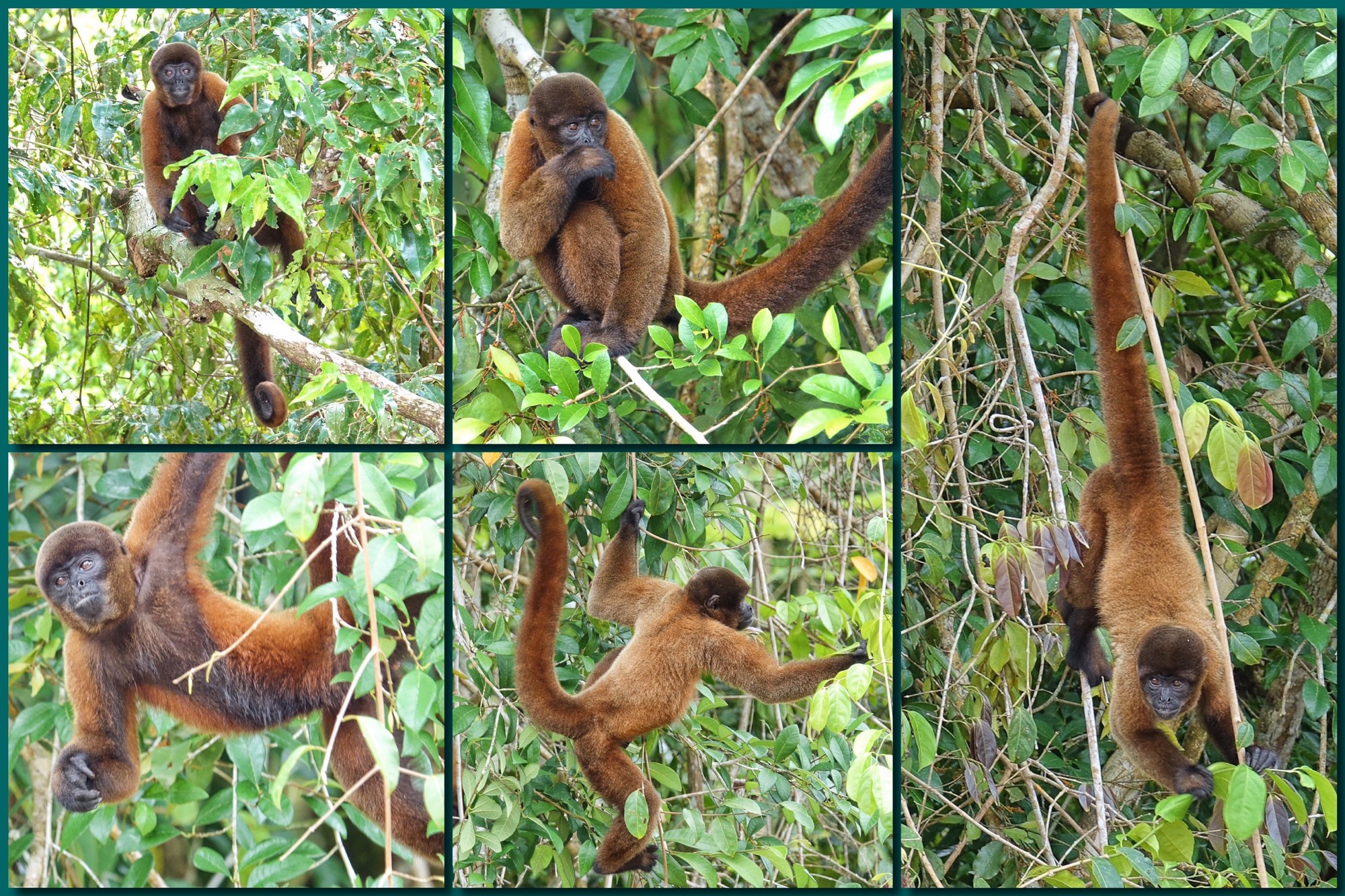
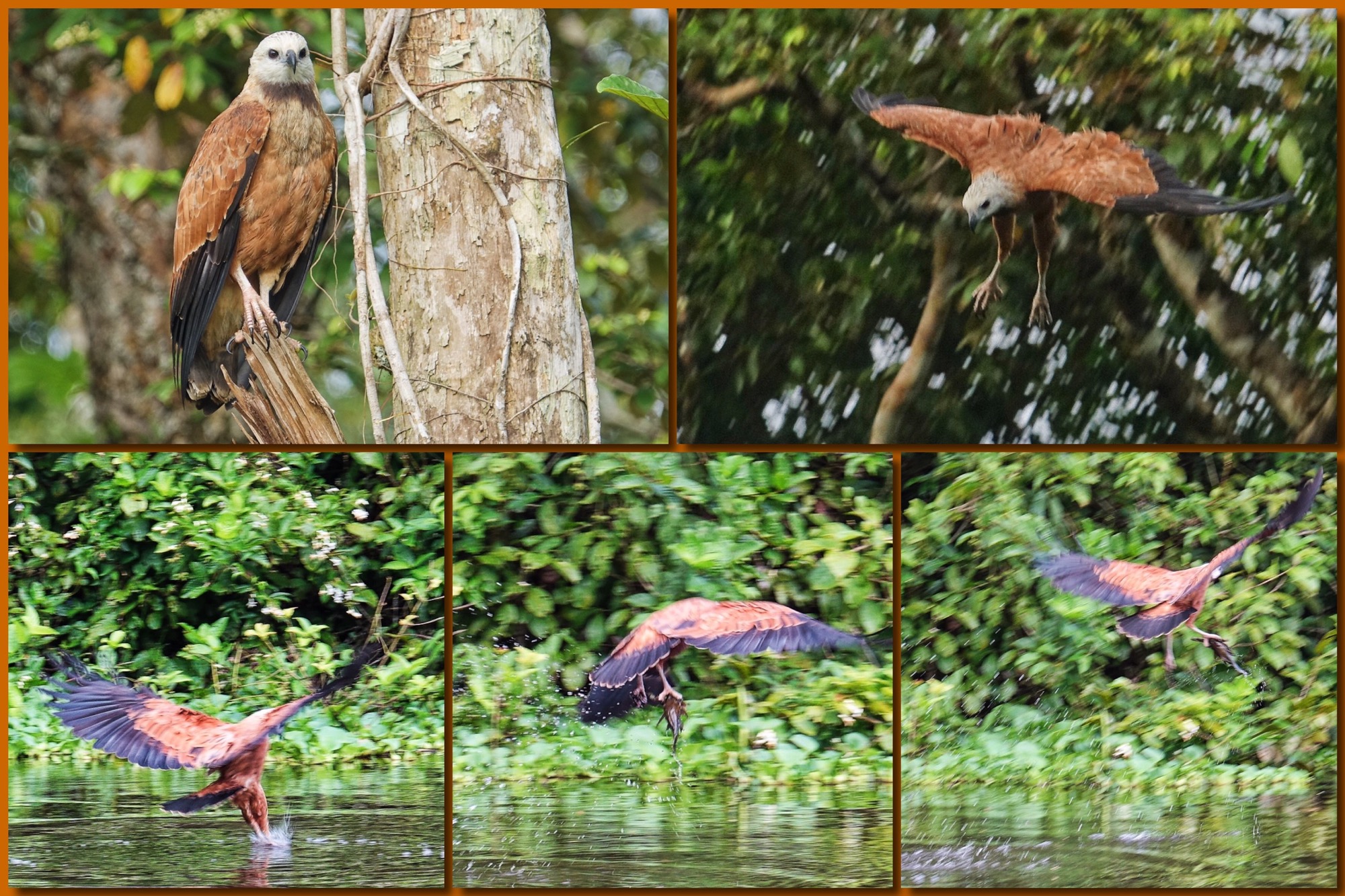
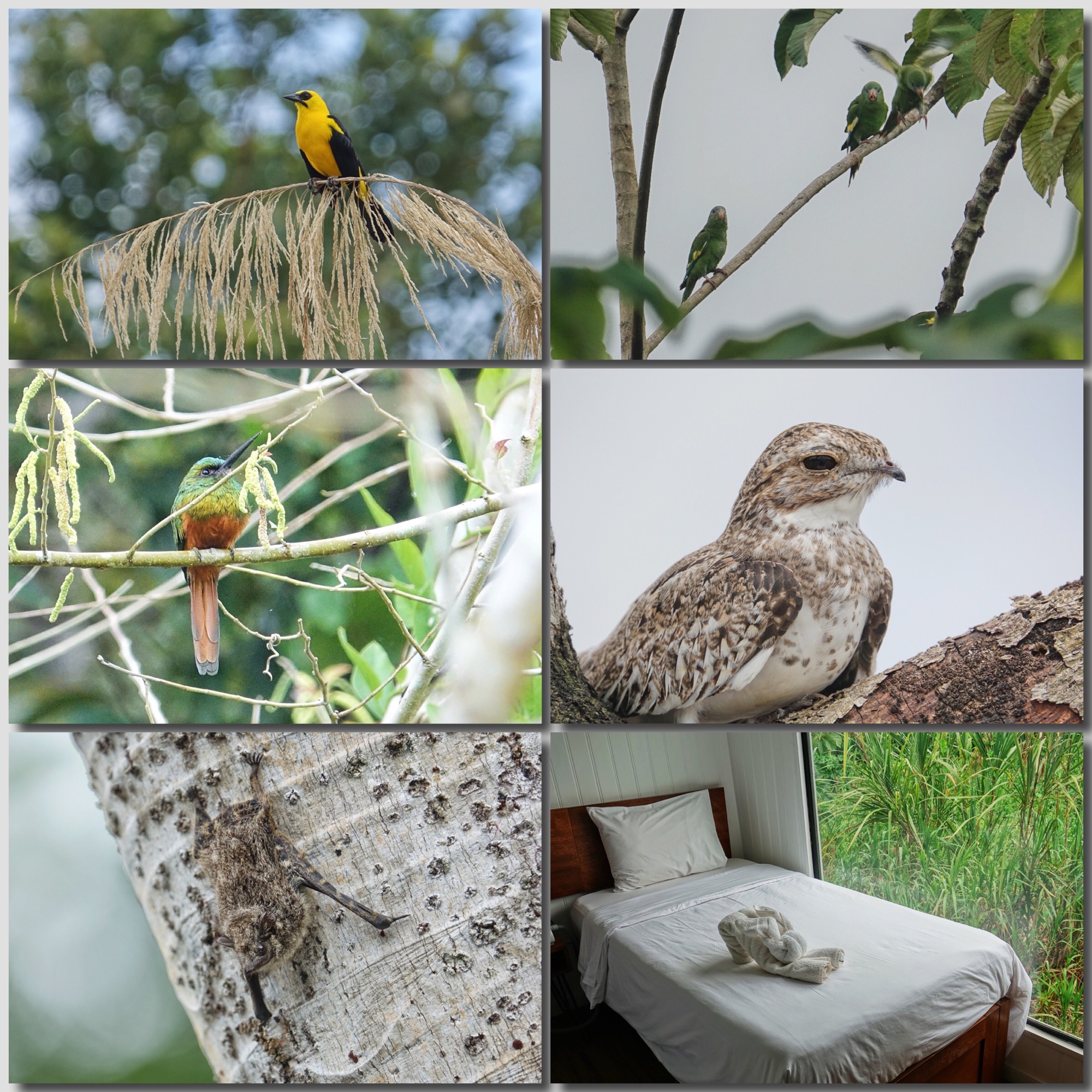
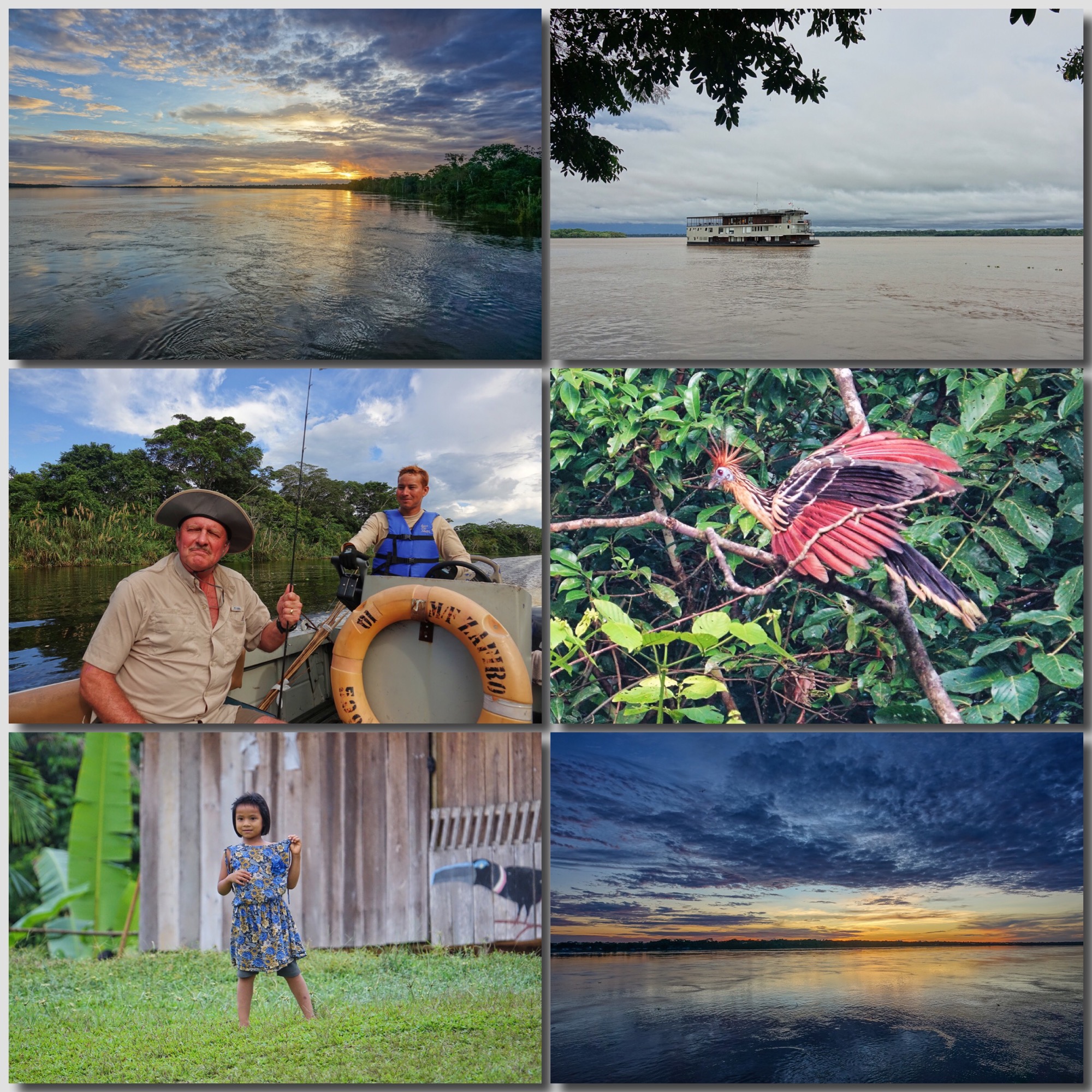
We did go ashore for several hikes in the terra firma forest…in search Pygmy Marmoset and Night Monkeys, birds, and reptiles of the rainforest.
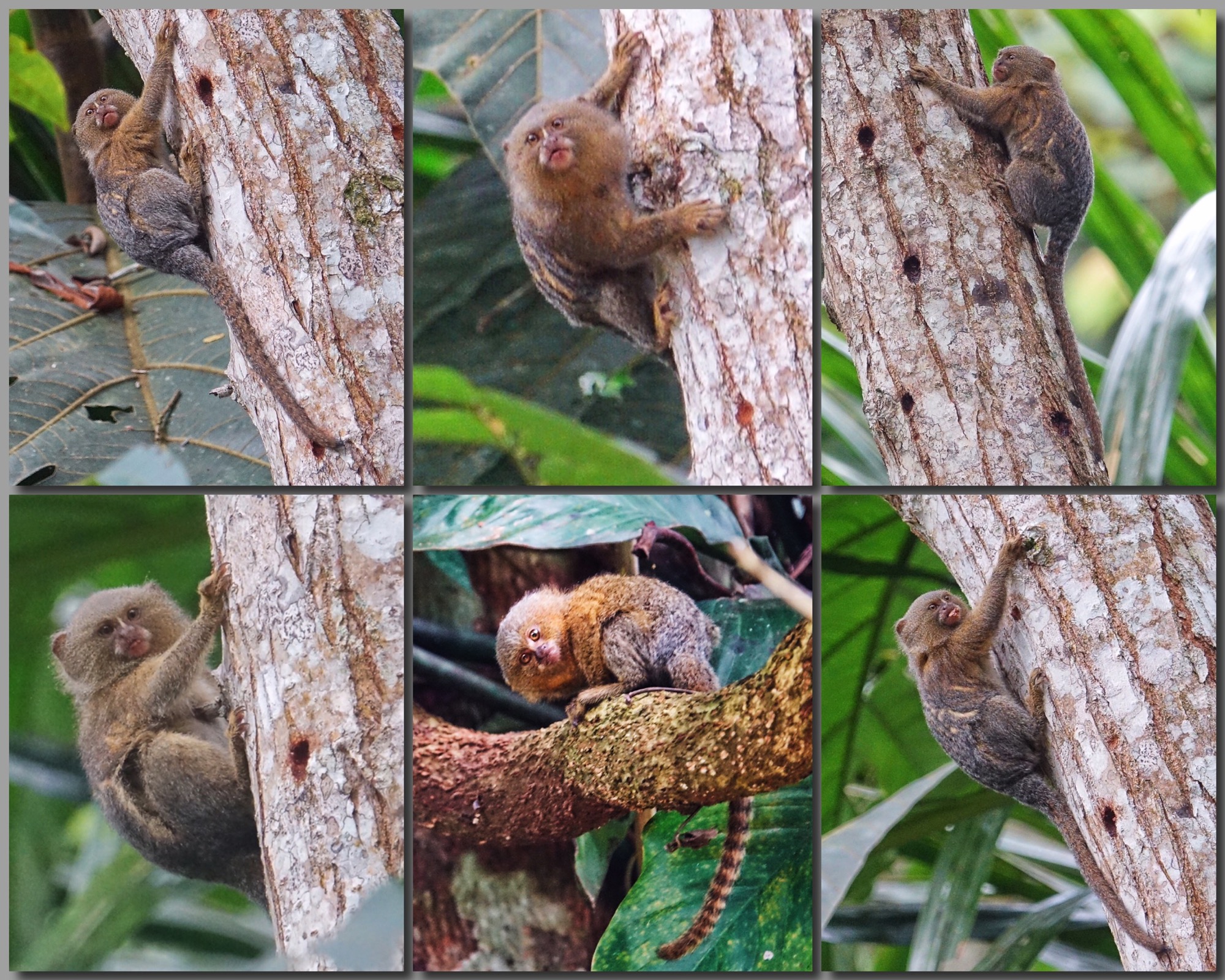
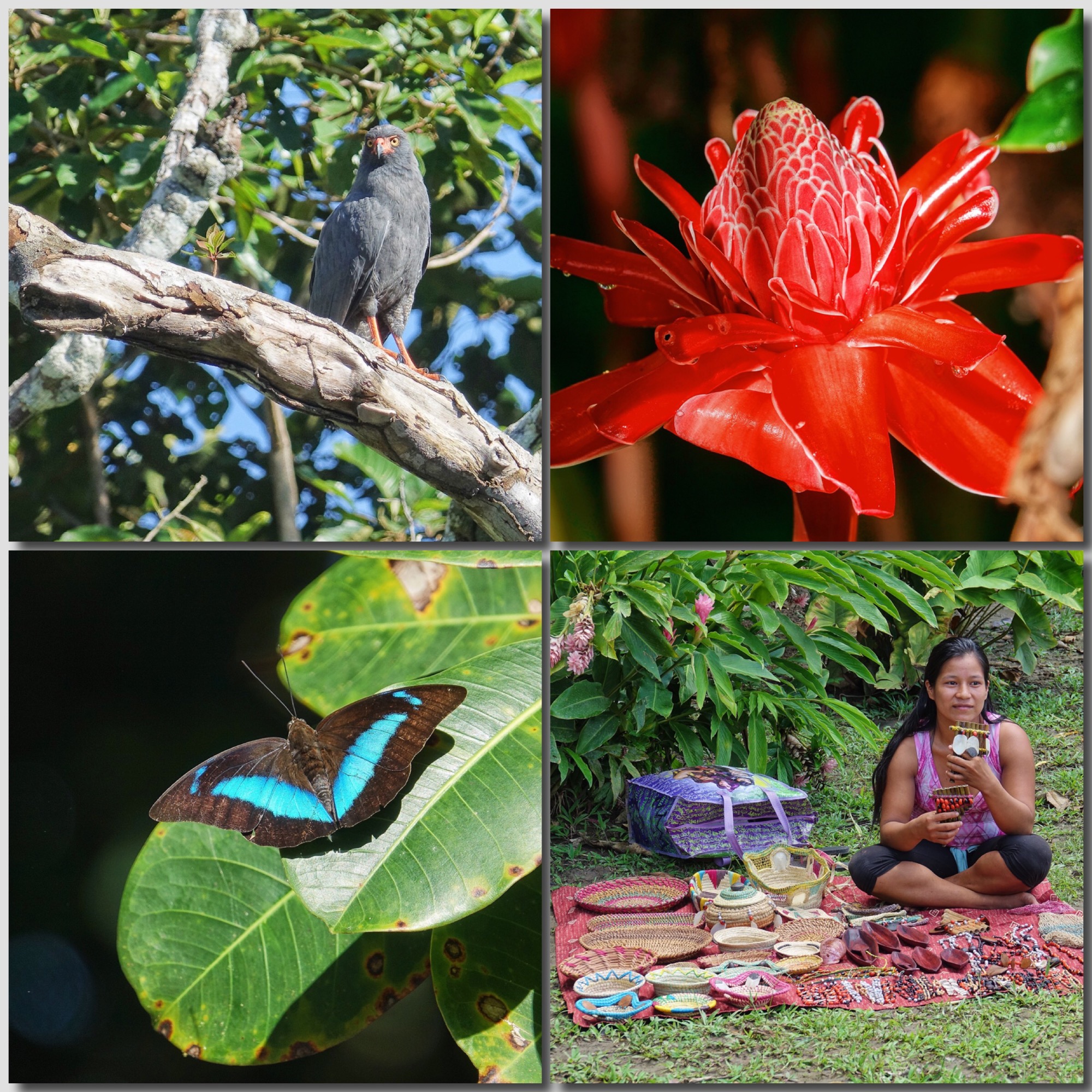
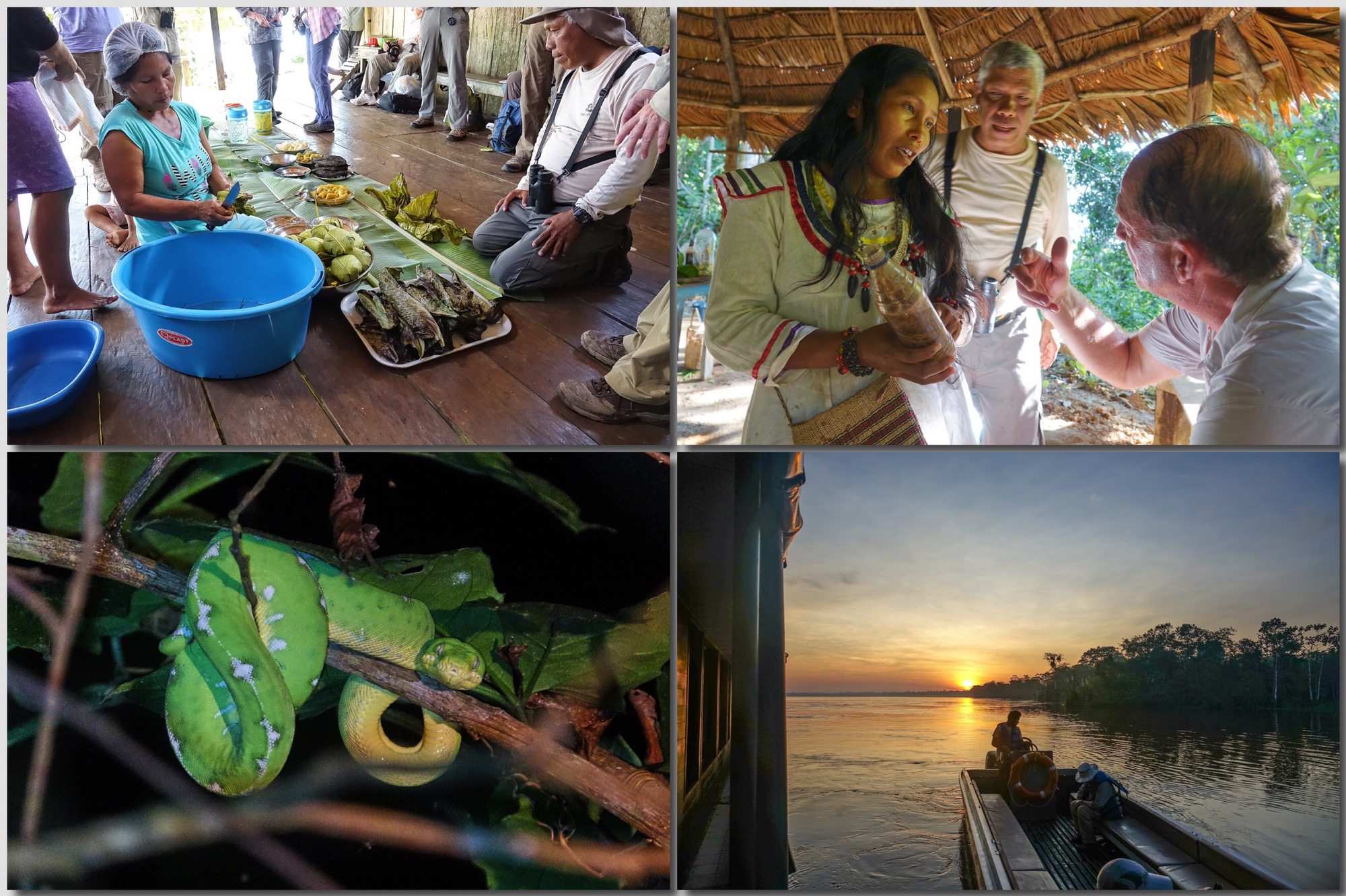
Besides our visit to a native healer, we shared a noon meal with a village beside the river. The women of the village prepared a traditional Amazon high water meal (lots of fish), and after the meal the local teacher assembled her students to give us an impromptu concert.
Shooting in the rainforest is a challenge for any camera. Light levels are often low, but with contrasting areas of bright sun that finds its way through the canopy high above. Good high-ISO performance helps, and the Sony RX10iii does not disappoint. The Anti-motion Blur mode is also very useful for really low light. The Marmosets were taken with AMB and produced effective exposures where I would have needed flash. The Emerald Boa was taken in total darkness by the light of a flashlight (a good flashlight but a flashlight none the less). Considering the conditions I am very pleased with the results.
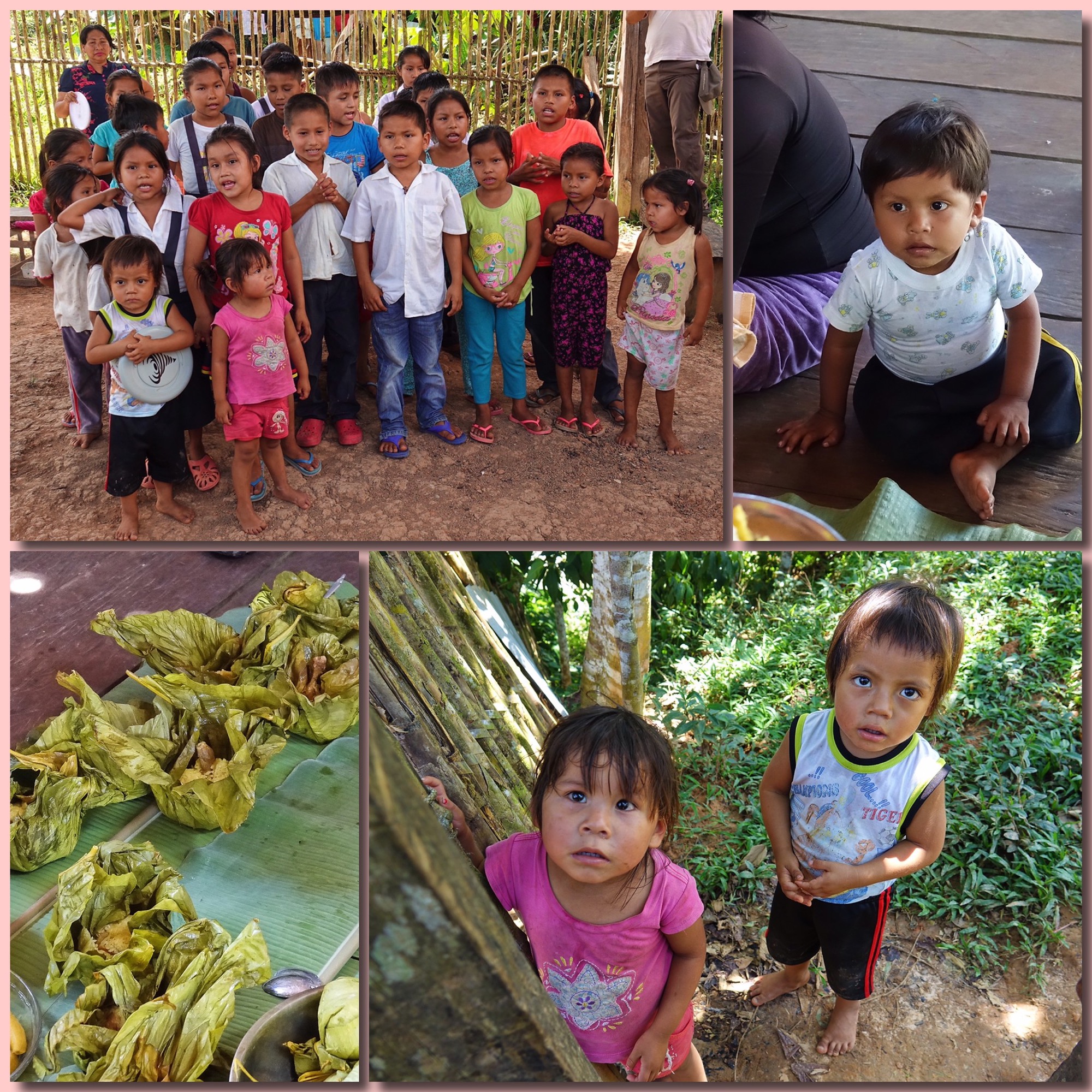
Another thing I appreciated about the Wildside Nature Tours Amazon Riverboat Adventure was the local guides. We had two professional guides with us, one for each boat, both raised on the river, and both college educated in the ecology of the river. In addition, at each landing, we hired villagers to provide specific guidance on the local trails. Most of our hikes were in the Pacaya-Samiria National Reserve but each section of the reserve is managed by a local village…villagers maintain the trails, guard the wildlife, and guide the tourists who land on their landing. These local guides found us birds, mammals, reptiles and insects that we just would not have seen otherwise. And each one overflowed with pleasure at showing us their jungle home. At most landings there were also local villagers selling crafts and art from the Amazon basin.
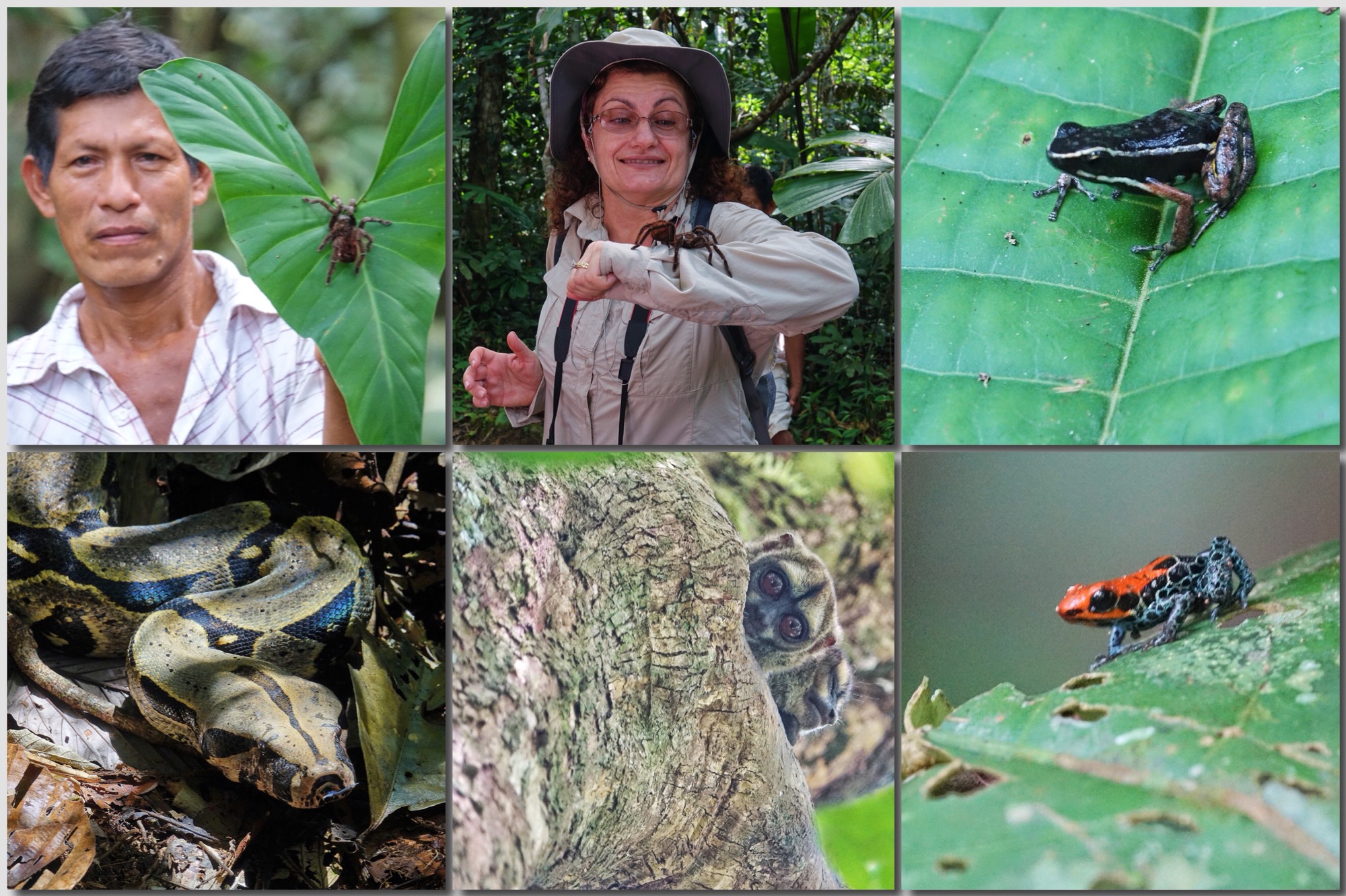
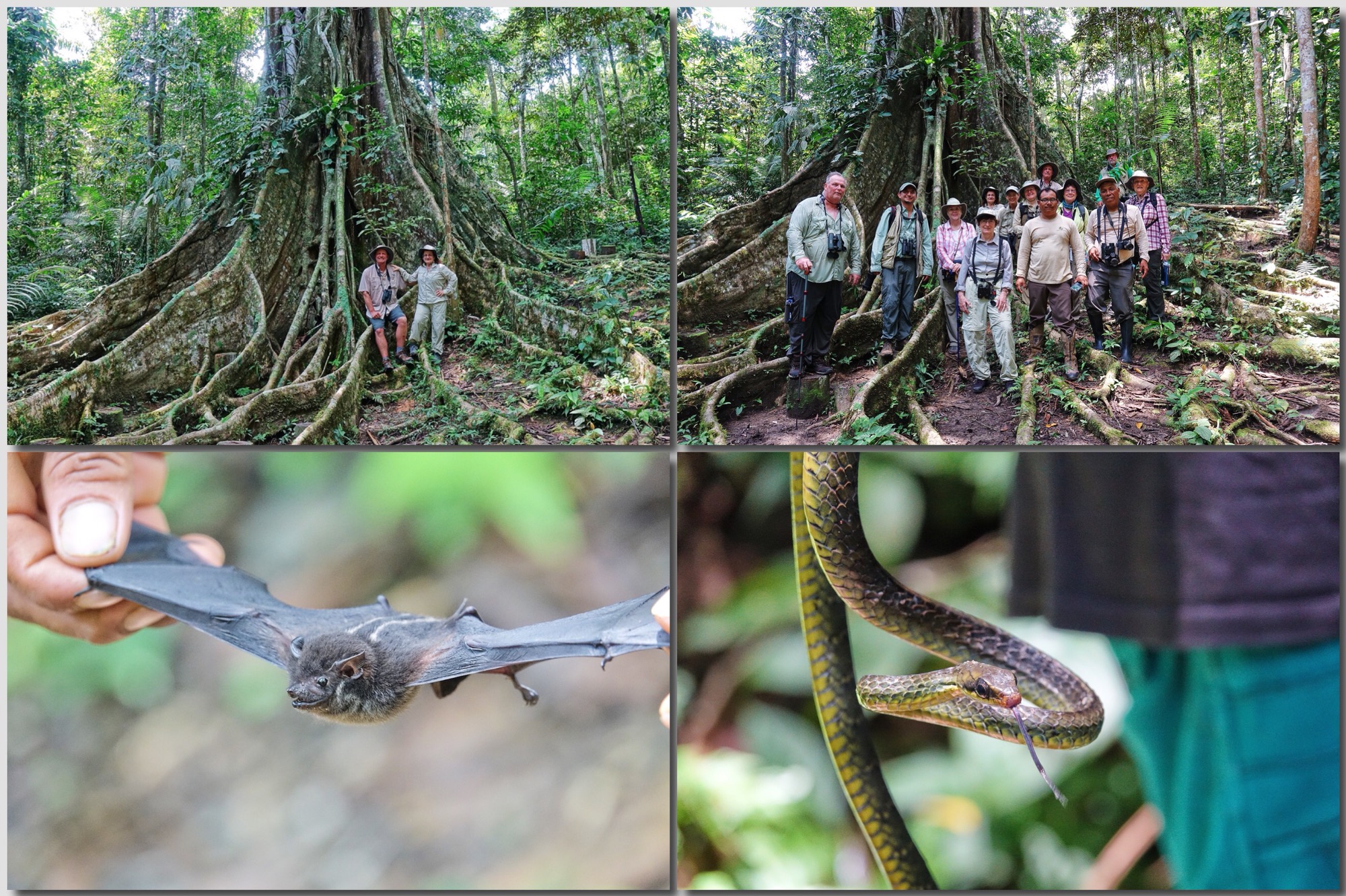
When you wake up on a riverboat tied up to the bank on the Amazon River, you know the day will hold something special, and the folks at Wildside Nature Tours know how to make the most of every day.
Our boat eventually returned to Nauta, the westernmost end of the road out of Iquitos, and we bused back to the airport for our flight back to Lima.
Most of us had night flights out of Lima, so we spent the day south along the coast in the fishing and tourist village of Pucusana. We took a tourist boat (clearly a converted fishing boat) out around Pucusana Island to see the cormorants, terns and penguins. It is a whole different kind of shooting from a boat in the rough waters around the island. I was able to set the Sony RX10iii to wide area focus, and the ISO to minimum shutter speed 1/1000th for good results even in this challenging situation.
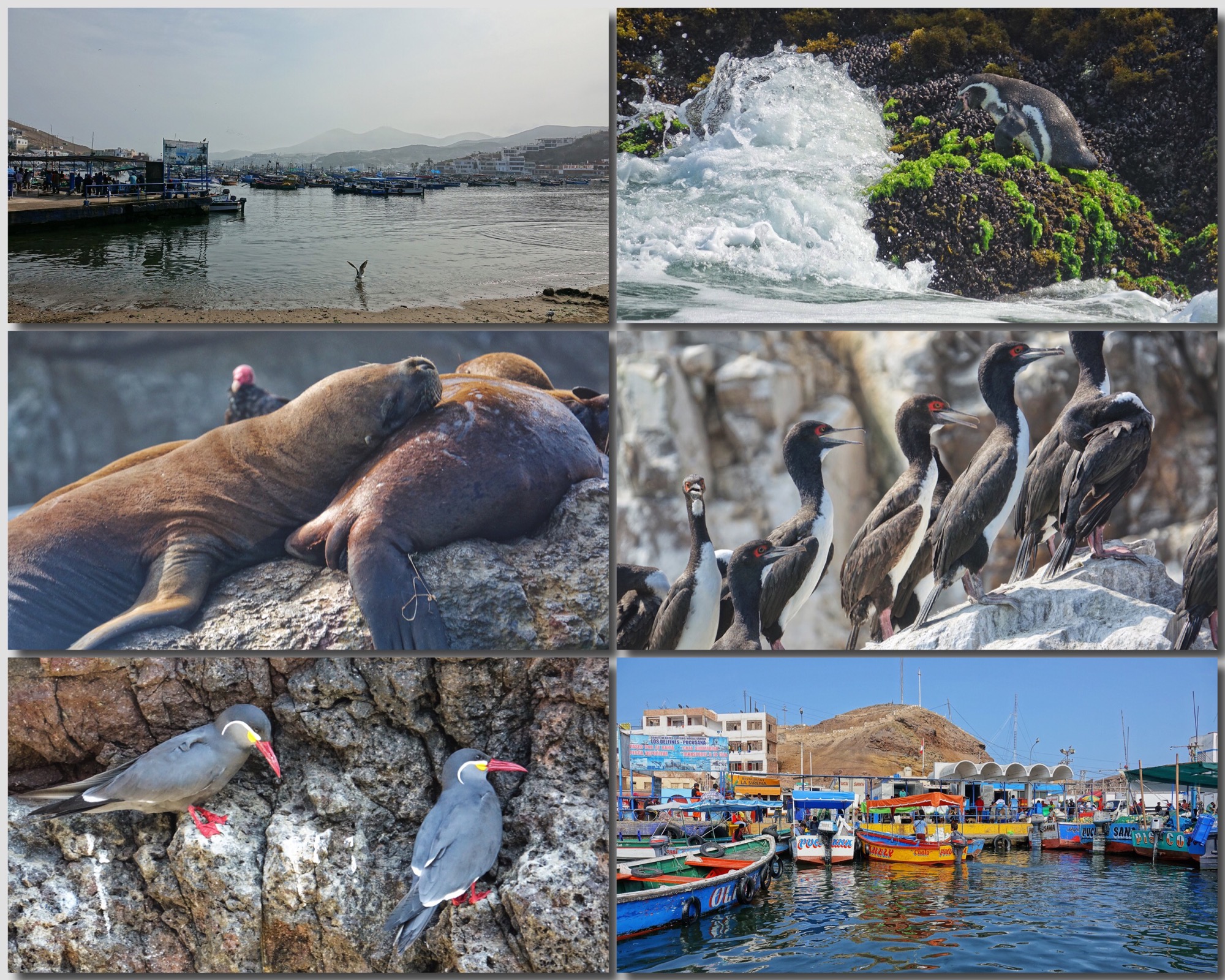
The Wildside Natures Tour Amazon Riverboat Adventure is adventure indeed. For anyone who has ever dreamed of the Amazon, there is no better way to see it! And, all things considered, there is no better camera to capture it than an advanced Point and Shoot like the Sony RX10iii.